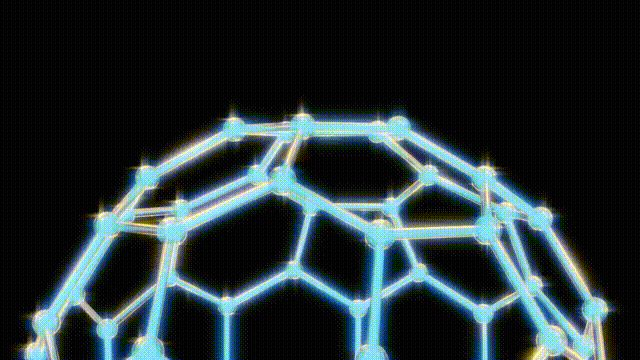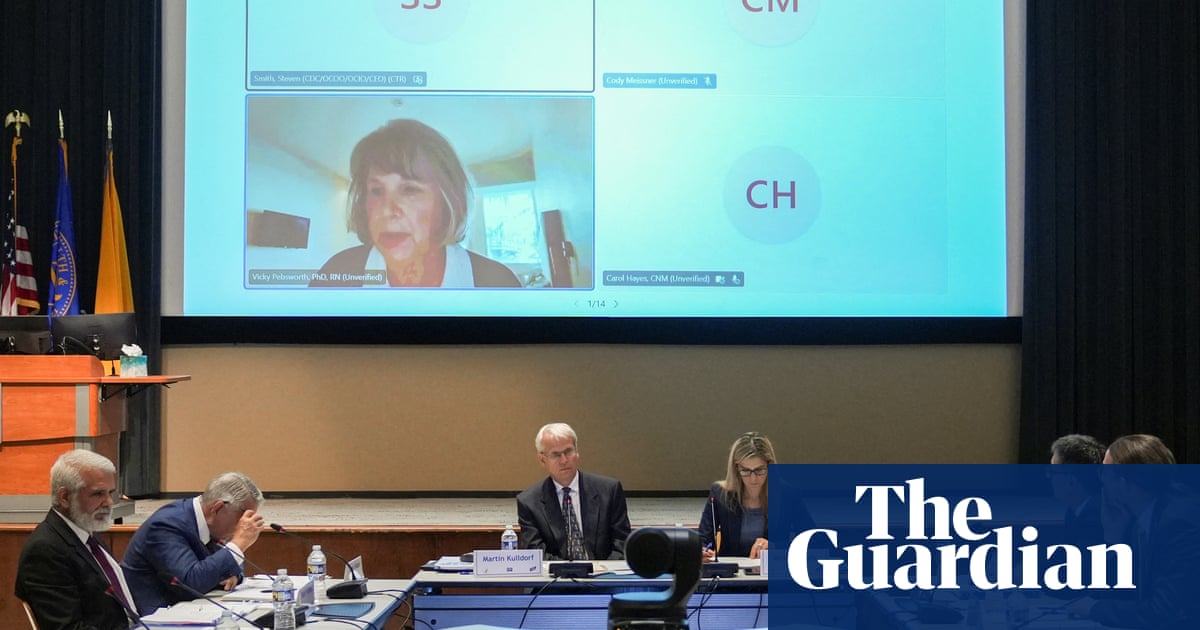Chemists Unveil Buckyballs: The Perfect Molecule Discovered

On **November 14, 1985**, a groundbreaking discovery occurred at **Rice University** in Houston, Texas, where a team of chemists unveiled a new molecular structure known as buckyballs. This innovative molecule, characterized by its remarkable symmetry, marked a significant milestone in the field of chemistry and would later earn its discoverers a **Nobel Prize in Chemistry** in **1996**.
The journey toward the discovery began in the **1970s** when **Harry Kroto**, a chemist at the **University of Sussex** in the UK, was investigating organic molecules found in interstellar space. Kroto noticed an abundance of long carbon chains in the vast regions between stars, which contradicted existing astrophysical theories. This anomaly sparked curiosity about whether red giant stars were contributing to the formation of these complex molecules.
Kroto’s pivotal moment came during a visit to the laboratories of chemists **Robert Curl** and **Richard Smalley** at Rice University. Smalley had developed a unique apparatus that utilized a laser to vaporize atoms from a metal disk, allowing for the analysis of the resulting compounds in a helium environment. This method provided a way to simulate conditions found in cooler stars.
Over ten days in September **1985**, Kroto, Curl, Smalley, and graduate students **Sean O’Brien** and **Jim Heath** successfully generated carbon chains that aligned with their theories about red giants. To their surprise, they discovered unexpected forms of carbon comprising **60** and **70** carbon atoms, which they referred to as “uninvited guests.” These molecules had previously been identified in earlier experiments but had not garnered significant attention.
As the scientists delved deeper into their findings, they faced the challenge of understanding the structure of the **C60** molecule. Traditional theories suggested that a flat graphene sheet would be the logical structure; however, this hypothesis proved inconsistent with the molecule’s unreactive nature. To visualize the structure, they resorted to using toothpicks, jellybeans, and paper cutouts, leading them to explore alternative geometric configurations.
Kroto recalled the work of **Buckminster Fuller**, the renowned futurist and inventor known for his geodesic dome design, which featured a network of triangles. This inspiration proved crucial, as Smalley retrieved a book detailing Fuller’s contributions. The team ultimately identified the structure of what they would name buckminsterfullerene, a molecule that exhibits extraordinary symmetry.
Their groundbreaking findings were published in the journal **Nature** on November 14, 1985, and the term “buckyballs” became synonymous with this new class of molecules, known collectively as fullerenes.
In the years following their discovery, the team focused on determining the properties of fullerenes. By **1990**, scientists had devised a method to produce buckyballs using an electric arc between carbon rods. The implications of their work were profound, as fullerenes and their derivatives, such as carbon nanotubes, showcased remarkable strength and conductivity. These innovations have found applications in various fields, including atomic force microscopy, battery technology, and biosensing.
Despite the potential of buckyballs in areas ranging from quantum computing to targeted drug delivery, widespread application has yet to be realized. Nonetheless, the discovery by Kroto, Smalley, and Curl remains a cornerstone of modern chemistry, illustrating the importance of curiosity and collaboration in scientific advancement.






